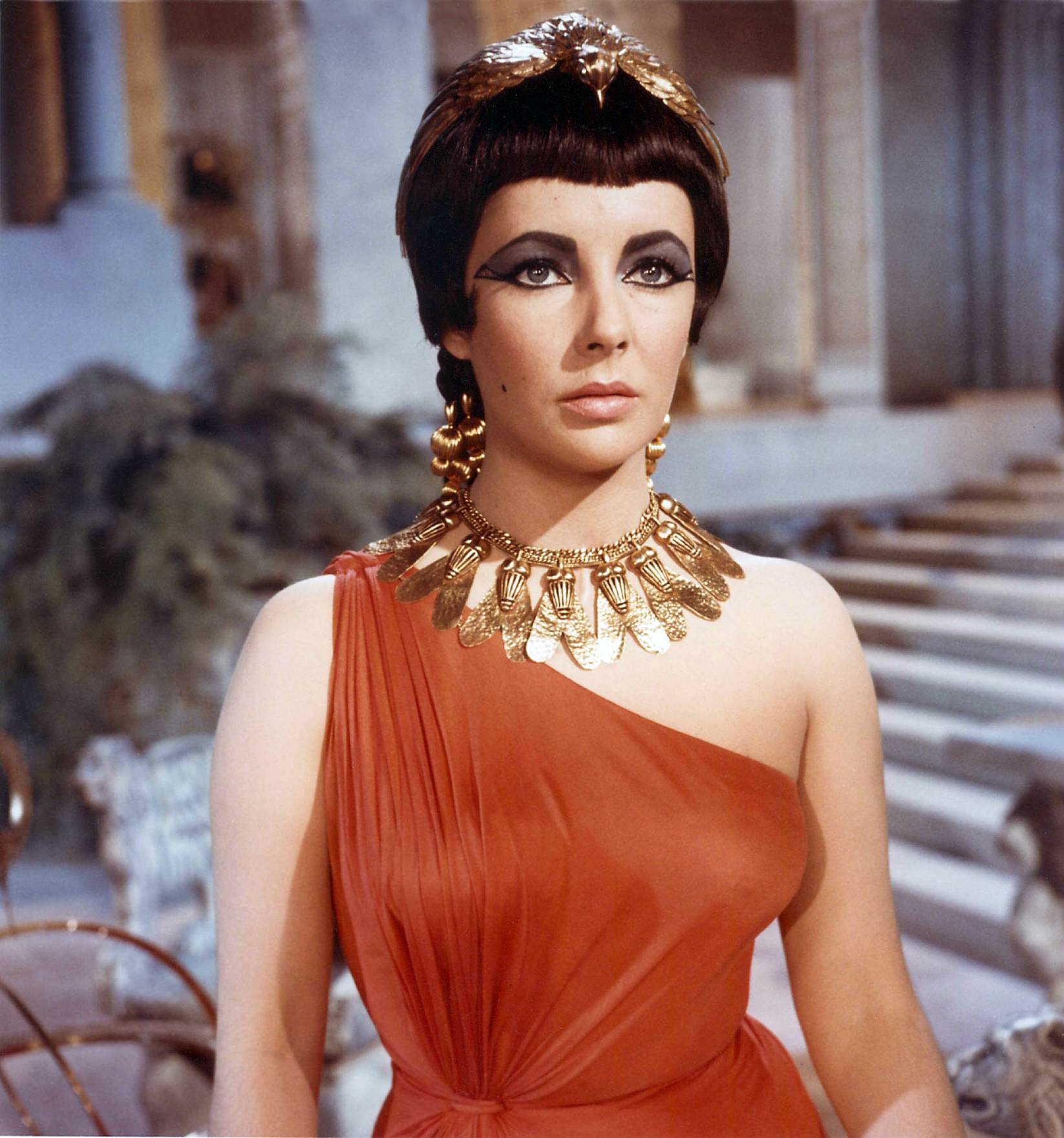
Some pop art-inspired Japanese poster artwork for Army of Darkness. Dig the "Bruce Campbell" soup cans. Click for larger image.



Frank Henenlotter is an exploitation director with a passionate desire to share his love of the genre with others. His feature films, such as Basket Case, Frankenhooker, Brain Damage and the recent Bad Biology pay homage to grindhouse cinema while slyly subverting its traditions, and his work with Something Weird Video, much of which could be considered cinematic archeology, has brought forgotten oddities like Night of the Bloody Apes and The Curious Dr. Humpp to home video release. (He was also nice enough to agree to be interviewed for my documentary about Reefer Madness producer Dwain Esper.) It’s this same generosity of spirit that informs his latest picture, the documentary Herschell Gordon Lewis: The Godfather of Gore. Almost every horror fan knows the name of H.G. Lewis, even if they haven’t seen one of his deliciously terrible, ketchup shortage-causing movies.
Lewis’s films are as known and loved for their Ed Woodian lack of technical craft as they are for their outlandish plots. Blood Feast concerns a mad Egyptian caterer who serves up dismembered women as sacrifices to his dark gods, whereas Color Me Blood Red features a tortured artist who paints with women’s blood, and Two Thousand Maniacs is about a Southern town that appears, Brigadoon-style, once a year, to seek revenge on any Yankees unfortunate enough to come their way. Frank and co-director Jimmy Maslon (producer of the Wizard of Gore remake as well as Lewis’s late-career return to filmmaking, Blood Feast 2: All U Can Eat) bring the man’s story to the screen in obsessive detail, telling the curious history of the off-the-beaten-path exploitation film in the process. Lewis and sadly now departed producing partner David F. Friedman recount how in the mid-fifties, the Supreme Court ruled that films featuring nudity alone were not considered obscene. This led the duo to create a string of “nudie-cutie” films either taking place at nudist camps or featuring protagonists with x-ray glasses capable of seeing beneath women’s clothes. As they were barred from showing sex in their films, they turned instead to violence as their main, exploitable element; first in grainy, bruised black and white, then in glorious, bloody color.
Blood Feast, the first of the cycle, was nothing if not "giving the people what they want." John Waters, the token "famous fan" interviewee, describes how the rhythm of the picture is like that of a porn film, citing the scene in which Fuad Ramses rips out a woman's tongue as its proverbial climax shot. Lewis, who narrates his life story seated before a green-screened slideshow presentation of promotional materials and film clips, recalls in his dry-witted Midwestern drawl how bottom dollar-driven he was in the creation of his films, going so far as to negotiate for fried chicken dinners for the crew in exchange for featuring shots of the restaurant's logo within the film. It's a fascinating testament to how motion pictures can be frontrunners and trend-setters (Lewis's films were some of the first to show violence of that level, predating Bonnie and Clyde and The Wild Bunch by several years) but also cash-minded commercial products.
Henenlotter and Maslon have searched far and wide for both footage and interview subjects for the film, which is a feast of snippets and outtakes from even Lewis's rarest movies. Almost everyone who ever worked on one of his productions was tracked down and interviewed, including the child actor who played the cat-strangling kid from Two Thousand Maniacs, now well into his 40's. David Friedman, still retaining that easygoing Southern carnival pitchman charm well into his eighties, almost threatens to steal the show in the picture's first half. (Of one of Lewis's early, early nudie pictures, the The Living Venus, he attests "Well, it wasn't the greatest film in the world, but it had holes up either side of the print and could run through the machine!") There are also remarks from from self-tutored Lewis experts such as the aforementioned Waters (who proudly shows off his collection of first-edition paperback novelizations of Lewis's movies,) Joe Bob Briggs, and Frank himself.
The film's celebratory tone makes it a real delight for cinephiles, and although it is not as star-studded, it is a little more focused and in-depth than last year's American Grindhouse documentary. It is well worth checking out when it arrives on DVD. I also highly reccomend the film Mau Mau Sex Sex for more background on David Friedman, less of a cult figure than Lewis but an equally amazing man


